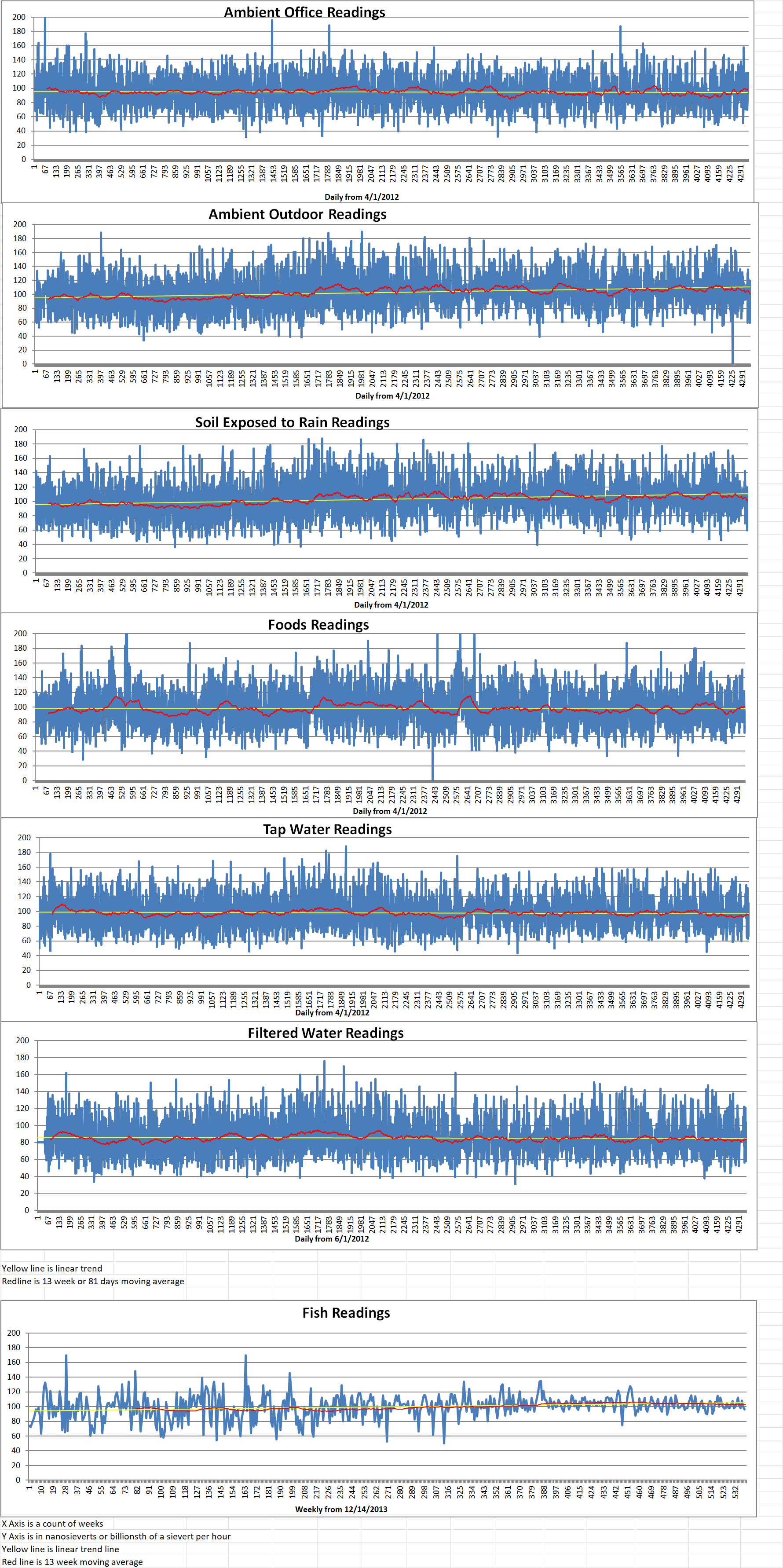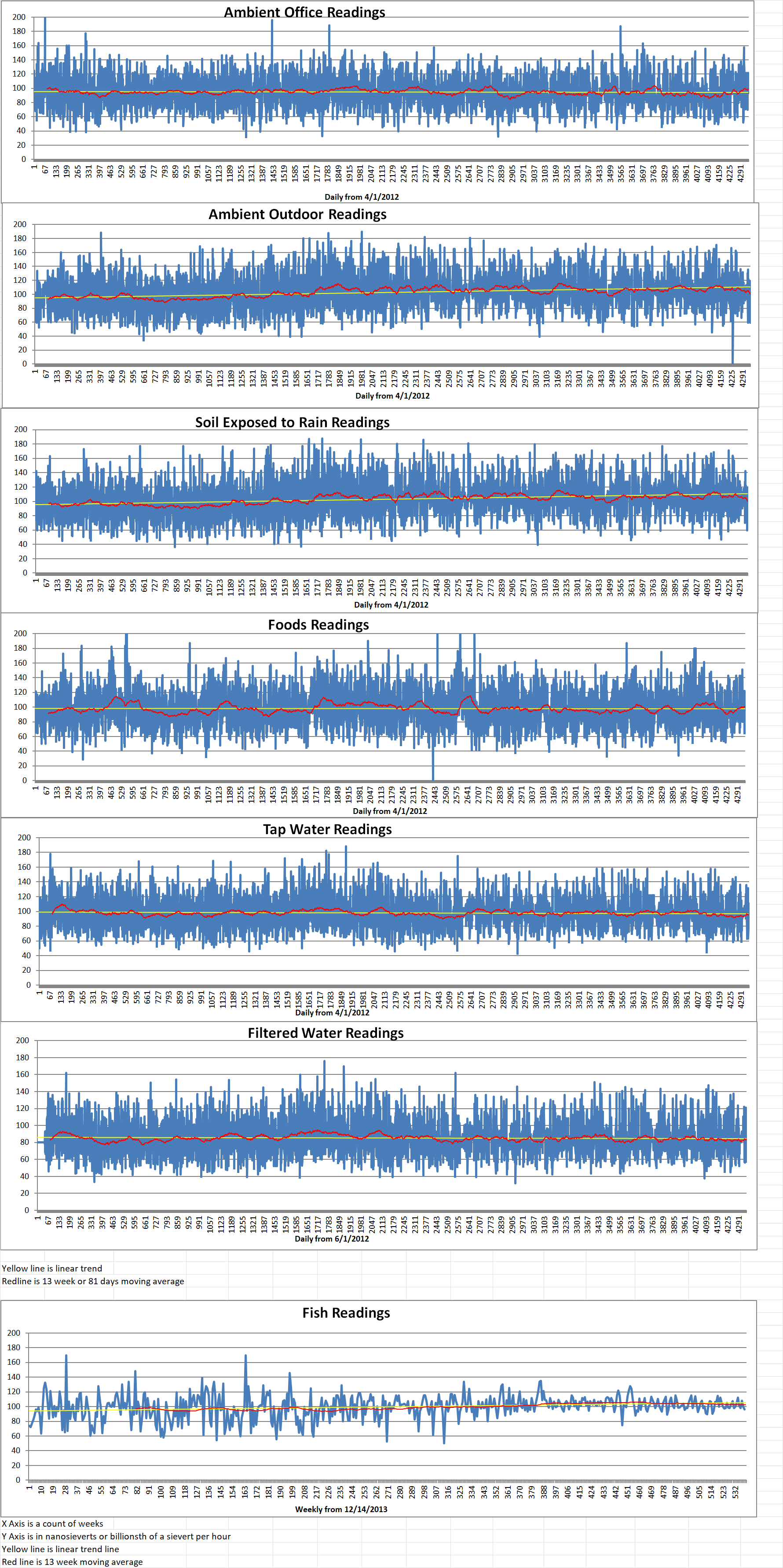A collaboration between researchers at the University of Sheffield in the UK and the University of Hawaii in the US has resulted in the development of a design for an antimatter detector that can measure antineutrinos and create a profile for the nuclear reaction emitting it. This system could help determine if the reactor is being used to generate power or create weapons even from hundreds of miles away, a press release said.
With nuclear fission technology poised for a major comeback as a means to power the globe with low-carbon energy, there are also concerns about nuclear power reactors being used as cover for developing nuclear weapons.
Both weapons and nuclear fuel are made with uranium, with the difference being the level enrichment, which measures fissile material in the fuel. While nuclear fuel is not enriched beyond five percent U-235, enrichment in a nuclear bomb exceeds ninety percent U-235.
By measuring the antineutrino count in an area, researchers can determine the existence of a nuclear reactor, its distance from the detector, and its operational cycle.
Much like neutrinos in matter, antineutrinos are chargeless particles that have almost zero mass but exist in an antimatter form. Most antineutrinos are created during nuclear reactions.
Steve Wilson is a research associate at the University of Sheffield. He explained that “Around 10^20 (100 billion billion) antineutrinos are produced by a typical 3 GW thermal power station. As they very rarely interact, they can, in principle, travel infinitely far and cross the entire Universe.” By capturing the antineutrinos, researchers are able determine the exact isotope of nuclear fuel and the operational cycle of the reactor.
To capture the passage of antineutrinos, the researchers utilized the well-known phenomenon of Chernekov radiation. Wilson explained that “When a charged particle, such as an electron, travels faster than the speed of light in a medium like water, light slows down, but the antineutrino does not. The antineutrino causes a positron, the electron’s antiparticle, to briefly travel faster than the speed of light. This produces the light equivalent of a sonic boom, a cone of blue light that can be observed. Observing this effect indicates that a neutrino may have interacted.”
Wilson and his team have designed an antineutrino detector that is seventy-two feet in diameter and would contain several thousand tons of water and an organic liquid scintillator. Wilson added that “The components used to detect light in this kind of detector require in the region of 1000 to 2000 V, and there would be over 4000 of them.” His team proposes that it construct a detector in northern England, and use it to detect antineutrinos from all of the UK’s reactors and even those in France.
There is a serious problem with Wilson’s plan, however. Cosmic rays can also impact the observation of neutrinos. When cosmic rays impact the Earth’s upper atmosphere, they produce particles called muons.
Wilson elaborated that “When muons reach the detector, they streak through and leave a large trail of light from Cherenkov radiation. They can also smash apart the molecules in the detector, leaving fragments of the broken particle that are unstable and decay radioactively. This decay can look very similar to that produced by an antineutrino.”
Wilson said that a detector of this size could cost one hundred million dollars or more, but for now, the researcher is happy to stimulate discussions on how such a detector could be utilized.






